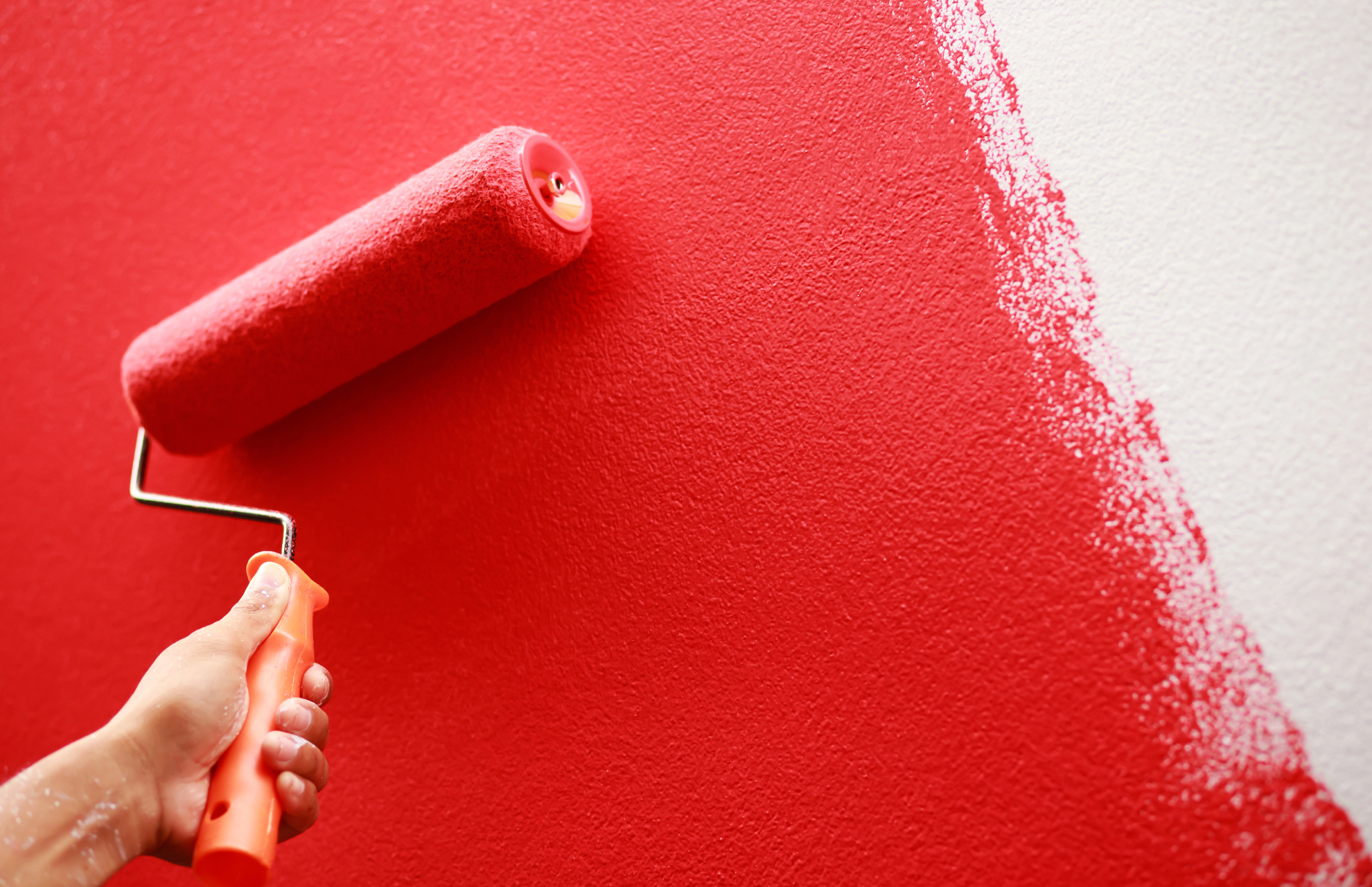
Wall painting can be a transformative experience as you witness blank walls turn into vibrant displays of colour and creativity. But it may not always turn out the way you had envisioned, as the drying process can alter its shade.
There are many factors that may affect how the paint colours look on your walls after drying. These include the quality of the paint mixture and temperature differences, which can cause the paint to appear differently. However, when mixed and applied suitably, the paint colours on your walls should match the colour swatch.
Read on to learn more about how paint dries under varying conditions so you can ensure the end result meets your expectations.
Factors That Affect The Appearance of Paint After They Dry
The type of paint, finishes, environmental conditions and surrounding decor can all affect the final look of your paint. The interplay of these components can lead to colour shifts, changes in texture and alterations in sheen. To achieve your desired outcome, take careful consideration of the following options when choosing your paint.
Types of Paint
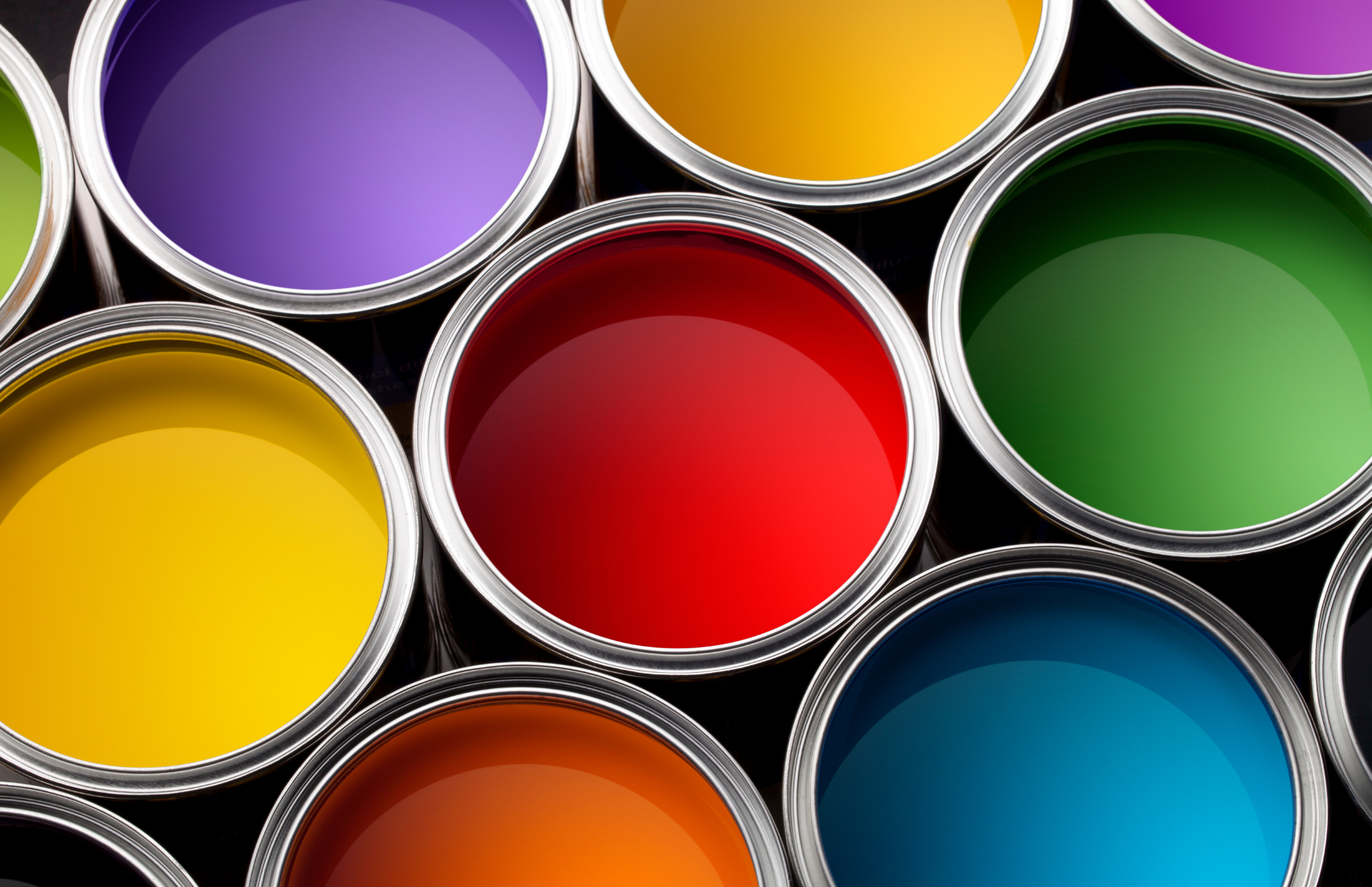
Acrylic Paint
Acrylic paint is a water-soluble paint that adheres to the wall surface and dries rapidly upon application. As a result, the colour usually remains consistent with the paint swatch after drying with minimal colour shifts.
Latex paint
Latex paint is also a type of water-based paint, but it tends to dry darker than acrylic paint. This is due to the emulsion in the composition, which separates the paint components (such as pigments and solvents) over time. This leads to a deeper and darker shade of the latex paint colour appearing when it is dry.
Oil-based paint
Oil-based paint contains high pigment content, hence it takes a longer time to dry. As the pigment settles, the paint colour also becomes denser and more opaque on the surface. In addition, oil-based paint may discolour over time due to lighting and moisture levels in the room, affecting its eventual colour.
Types of Finishes
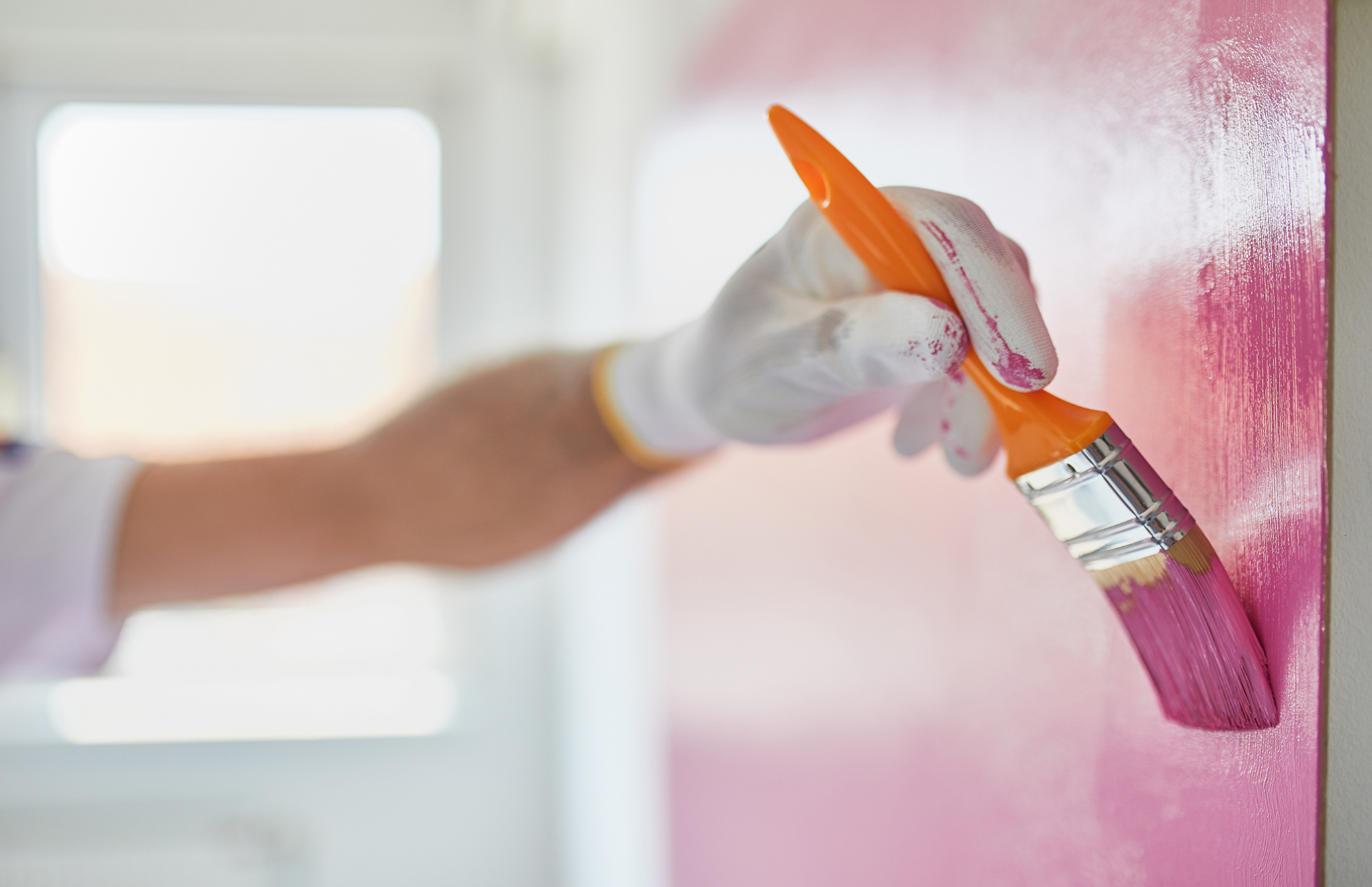
The type of finish your paint has can also impact its appearance upon drying. Light interacts with different types of painted surface in varying ways, which influences our perception of colour.
This means a gloss finish can make a colour look richer as it reflects more light than a matte finish. On the contrary, paints with a matte or flat finish absorb more light, hence they may look lighter after drying. As for paints with satin finish, they may dry darker after they are fully cured.
Colour of Your Primer
The colour of your primer can also influence the hue and vibrancy of the paint applied over it. Using a dark primer under a light paint can make the final appearance of the paint look darker, vice versa. When painting with light hues, it’s best to opt for a white or lightly-tinted primer. Conversely, for darker shades, a primer with a grey base is more suitable.
Number of Coats
A single coat of paint, especially when applied over a surface with imperfections, may not achieve full opacity. A second coat can lead to the paint colour appearing deeper and more saturated, as explained by Jacky Chou (Archute):
“Yes, applying a second coat of paint will usually make the colour appear darker and more saturated. This is because the second coat adds more pigment to the surface, reducing the amount of light that passes through the paint film. A second coat also covers any spots or streaks that might have been left by the first coat, creating a more even and uniform colour.”
While a second coat can indeed result in a darker appearance, it’s important to note that other factors like the type of paint, pigment content and colour tone also come into play. For instance, oil-based and acrylic paints may not necessarily appear darker with a second coat of paint as they contain denser pigment content.
Environment
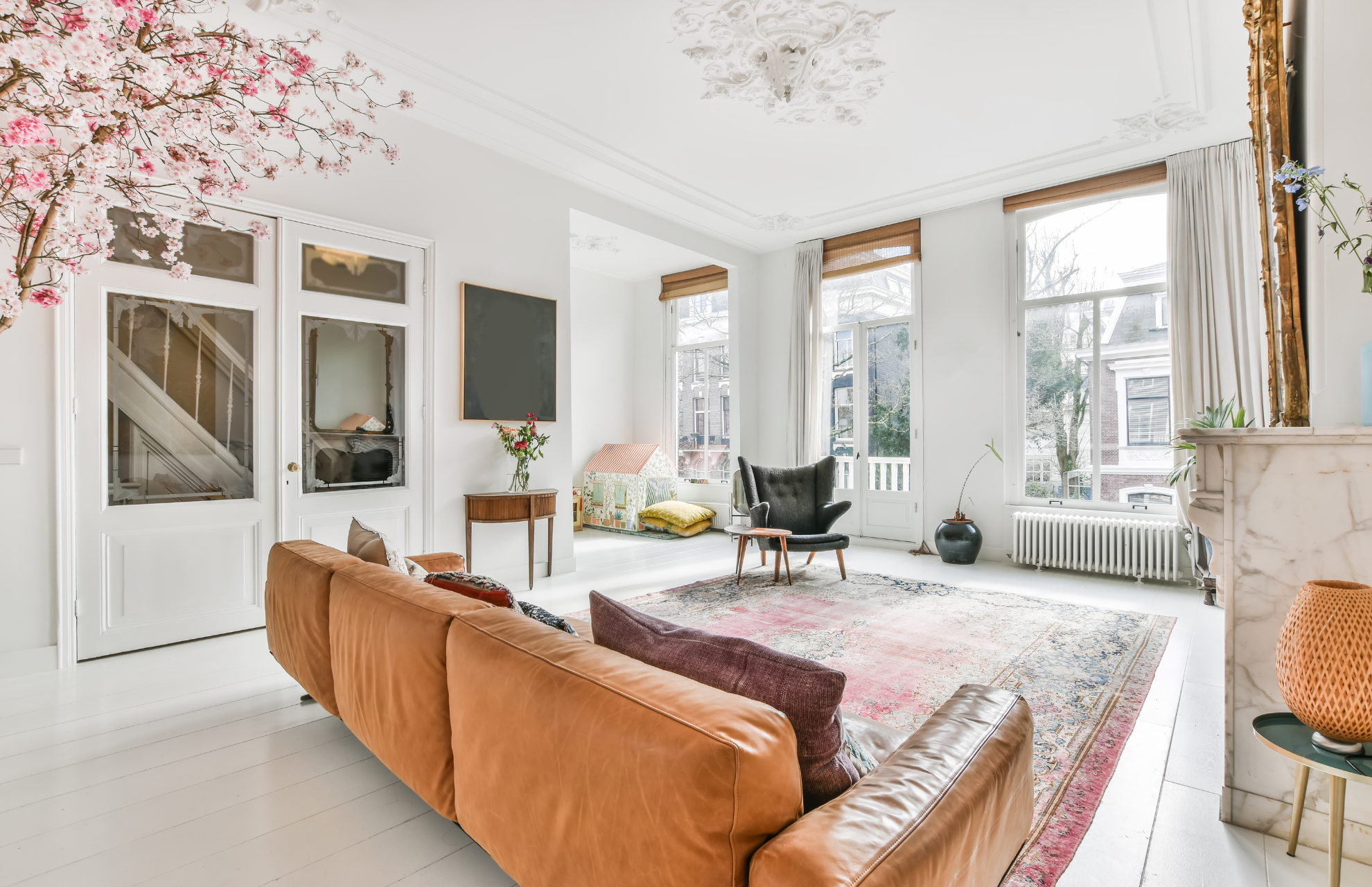
Humidity
The environment surrounding the painted wall can have a substantial impact on how the paint appears after drying. Paint takes a longer time to dry in spaces with high humidity, as solvents require more time to evaporate. The slow drying process can lead to issues like uneven drying, streaks and surface leaching, leading to paint discolouration.
Lighting
Lighting conditions can alter the way colours are perceived. Daylight may make a colour appear lighter, so if your room receives plenty of natural light, your paint colours may appear brighter and warmer.
Incandescent lighting casts warm, yellowish hues. As a result, warmer tones like red, yellow or orange can be amplified. In contrast, fluorescent lighting can cast cooler tones, which can make certain colours look cooler than they actually are.
Temperature
Temperature can play a major role in how the paint appears when it’s dry. When painting at a lower temperature, paint takes longer to dry, hence causing it to saturate and look darker. On the other hand, painting in a warmer space results in the top layer drying faster than the lower layers. This eventually causes the paint to warp, crack or develop blisters.
Underlying Surface
The texture of the wall surface being painted on can also influence the final look. Uneven, porous surfaces like wood or brick may absorb or scatter the paint, diluting the colour into a lighter shade. Such surfaces may require multiple coats of paint to achieve colour uniformity.
Surrounding Decor
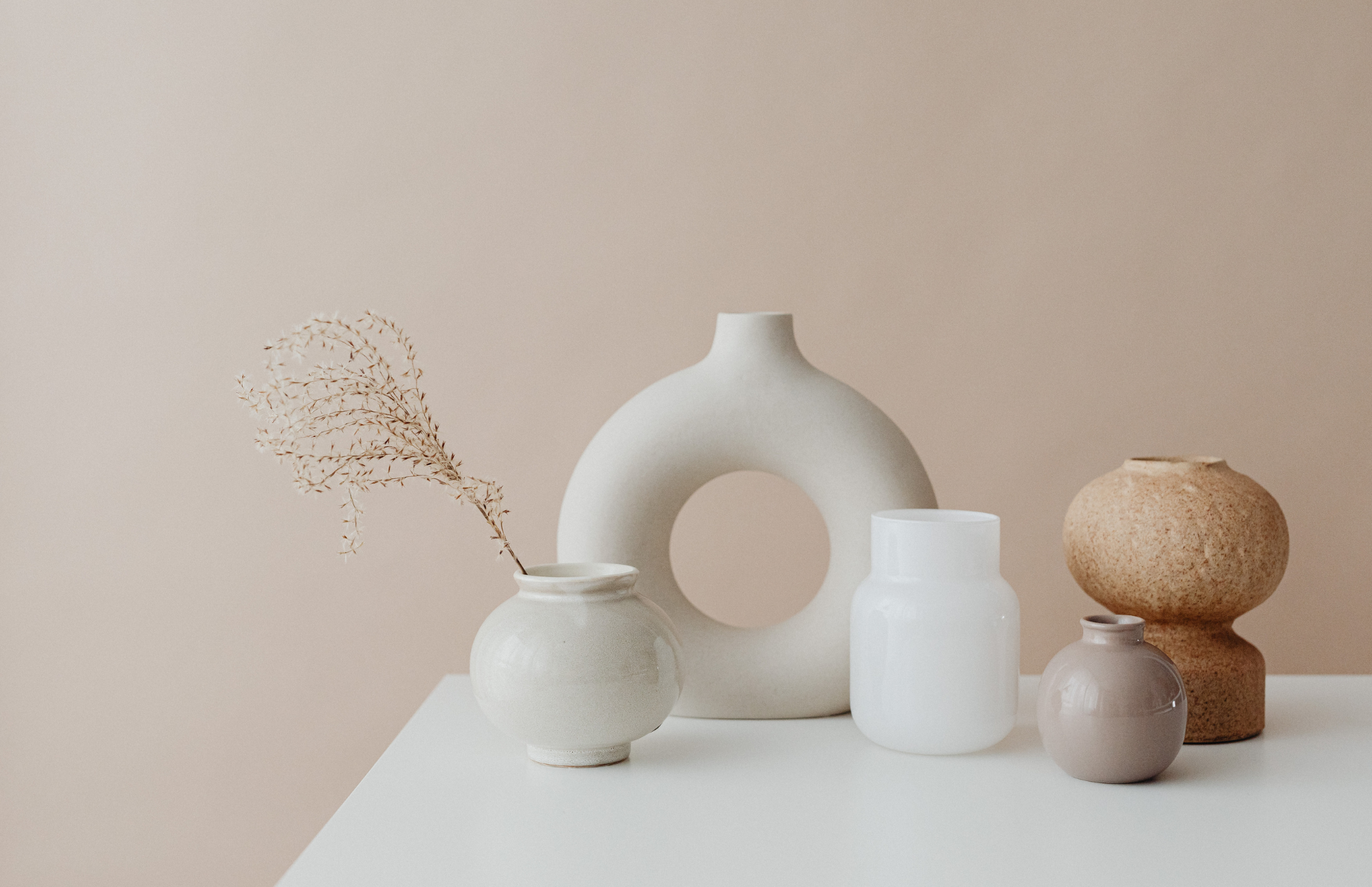
Your existing home decor can affect how the colour of your painted wall appears too. If you’re surrounded by light-coloured furnishings, your wall colour may seem darker, and vice versa. Therefore, it’s essential to take into account the existing decoration when choosing the paint colour for your backdrop.
Practical Tips to Achieve Your Desired Paint Colour
With various factors affecting the paint colour upon drying, here are some useful tips to achieve your desired wall colour:
Do a Sample Test
Paint a small area of the wall and let it dry before painting the entire wall surface. This gives you a better idea of how the paint will look after drying and whether there’s any colour shifts. Ensure the test is done in the same or similar settings as the room you intend to paint.
Mix the Paint Thoroughly
Mix the paint thoroughly before application to ensure an even distribution of pigments and minimise any potential colour inconsistencies.
Select Paint Colours Under Natural Lighting
Paint may appear differently under artificial lighting conditions. Hence, you should select and match paint colours under natural light for a more accurate assessment of their final look upon application.
Use High-Quality Interior Paints and Painting Tools
For longer-lasting paint jobs, make sure to select high-quality interior paints suitable for your room environment and conditions. They are more durable and can retain colour for a longer period with minimal changes in hue. The right painting tools will also make your painting process more efficient.
Wait for the Paint to Dry
Dried paint may appear differently compared to when it was wet. Hence it’s best to wait until the paint has fully dried before you make a judgement.
In general, water-based paints (acrylic and latex) are quicker to dry than oil-based paints. A thin layer of acrylic paint can dry between 20 and 60 minutes, with additional layers taking more time. Latex paint usually takes around 1 to 2 hours to dry and thick oil-based paints will need at least 8 hours to dry. The drying times may vary between brands so be sure to check the label to see how long you should wait before assessing the colour.
In addition, the surrounding environmental factors, such as temperature, lighting and airflow, can impact the drying time for the paint. For instance, a space with a higher temperature, ample natural light and good ventilation can speed up the paint-drying process.
Will Paint Colour Change Over Time?
While you can take steps to keep your beautiful walls looking good, It’s natural for paint colour to change over time. This is especially so under severe environmental conditions like excessive sunlight. Ultraviolet (UV) rays can cause pigments in paint to fade as they are gradually broken down by UV radiation, leading to changes in hue and paint chalking.
Other external conditions like high humidity, extreme temperature fluctuations and surface contamination can also expedite the ageing process of paint. Paints undergo chemical reactions due to contact with pollutants, cleaning agents or other chemicals. These reactions can alter the paint’s colour and appearance.
Inherent characteristics of the paint may influence colour stability and increase the likelihood of colour shifts as well. Oil-based paints, in particular, may oxidise, resulting in gradual yellowing of the paint. Dark-coloured paints also absorb more UV radiation, exacerbating paint degradation.
In addition, inconsistent paint application causes uneven coverage and poor adhesion in certain areas. When some areas receive a thinner coat of paint, they are susceptible to quicker deterioration of the paint film. Areas with uneven paint coverage also allow moisture to seep underneath the paint film, leading to paint blistering or bubbling.
Engage A Professional Painting Service To Achieve A Perfect Paint Job
There’s an extensive list of factors to consider in order to achieve an ideal outcome from your paint job. You also want to make sure the paint colour can last for many years, minimising the number of times you need to repaint your walls.
By engaging a professional painting service, you’re investing in the aesthetics of your space, along with paint quality and longevity. With decades of experience in the industry, Nippon Paint’s professional painting service brings unmatched expertise to every project.
Our experienced teams will ensure that every stroke delivers a consistent and immaculate finish. We’ll take the necessary steps to ensure the final appearance of your paint colour not only meets but exceeds your expectations.
16 Gaming Room Paint Ideas To Elevate Your Gameplay Experience
